Buddhist Philosophy
Phakchok Rinpoche and senior instructors offer regular audio, video and written wisdom teachings. You can check your understanding with reflections or practice exercises. Browse by topic and level according to your interest.
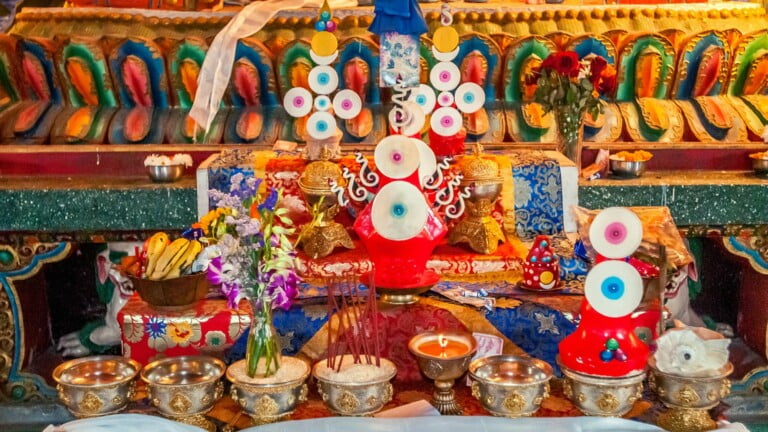
Path of Realization» Mahayoga Practices
Tukdrup Barché Kunsel Shrine Diagram
Many students ask questions about how to set up a proper Tukdrup Barché Kunsel shrine for group practice or at home. Phakchok Rinpoche has kindly...

9 minutes
Path of Realization
Accumulating Causes for Enlightenment
In this video teaching, Phakchok Rinpoche reminds us that the essence of our mind is already enlightened. Yet, even though our nature is pure, that...
9 minutes

8 minutes
Path of Realization» Path of Transformation
Four Qualities of Mind: Mind Nature
Phakchok Rinpoche explains the purpose of our meditation practice. Here he stresses that we can familiarize ourselves through direct experience with the four qualities of...
8 minutes
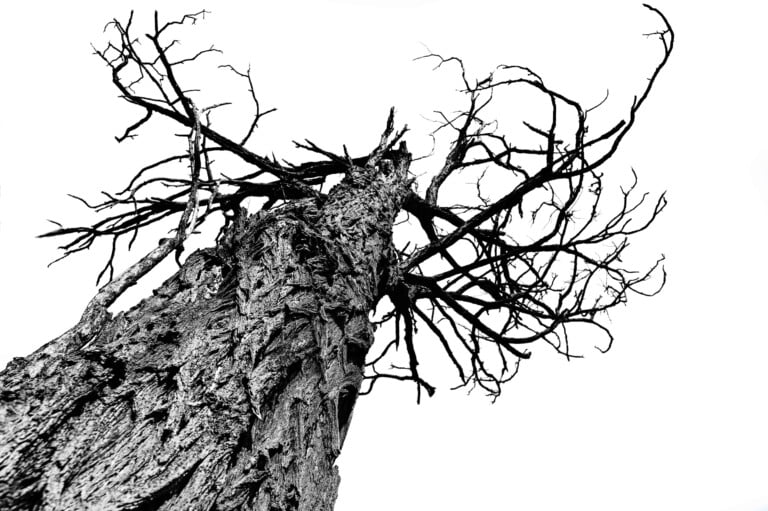
3 minutes
Path of Realization» Path of Transformation
Avoiding Spiritual Loneliness
Phakchok Rinpoche encourages us to meditate correctly every morning. Don’t meditate like a dead tree! That means that we are approaching the session alone....
3 minutes
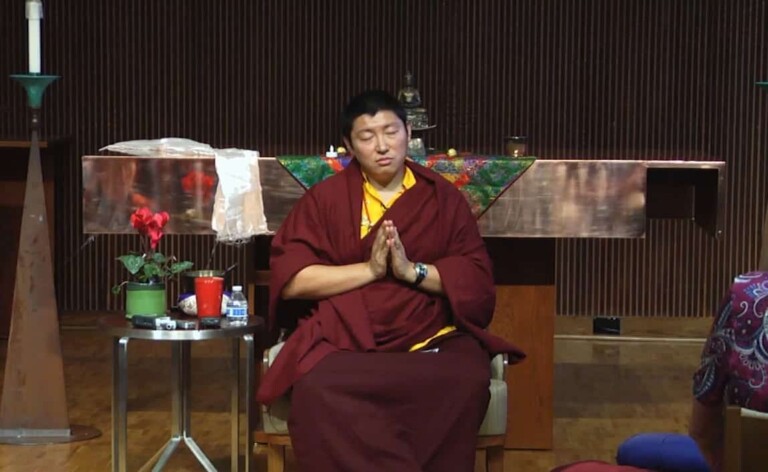
2 minutes
Path of Realization
Building Dignity Through Supplication
Building dignity through supplication may sound contradictory. In the Vajrayana path, however, supplication is continually emphasized. Why is this so?...
2 minutes

Path of Realization» Ground, Path, and Fruition» The Foundation» Mahayoga Practices
Eight Essential Points for Every Practice Session
In this document, Phakchok Rinpoche shares the eight essential points to hold in mind for any meditation session....
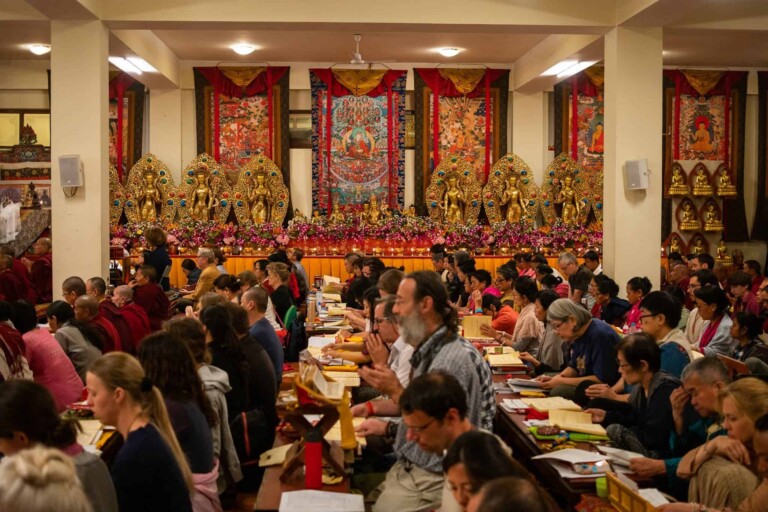
Path of Realization» Path of Transformation
Rituals at Tibetan Buddhist Dharma Centers
Rituals at Tibetan Buddhist Dharma Centers can delight, intrigue, and/or confuse newcomers. Here we offer some brief guidelines for the curious onlooker....

Tibetan Losar: New Year, New Habit!
The best way to welcome the New Year is to begin a new positive habit. In Tibetan, the word gom that we usually translate as...

Path of Transformation
Being Patient and Farsighted and Enduring Hardship
As social beings, we humans learn from those around us. And because we don’t have fixed, unchanging solidity as beings, we make choices. We can...
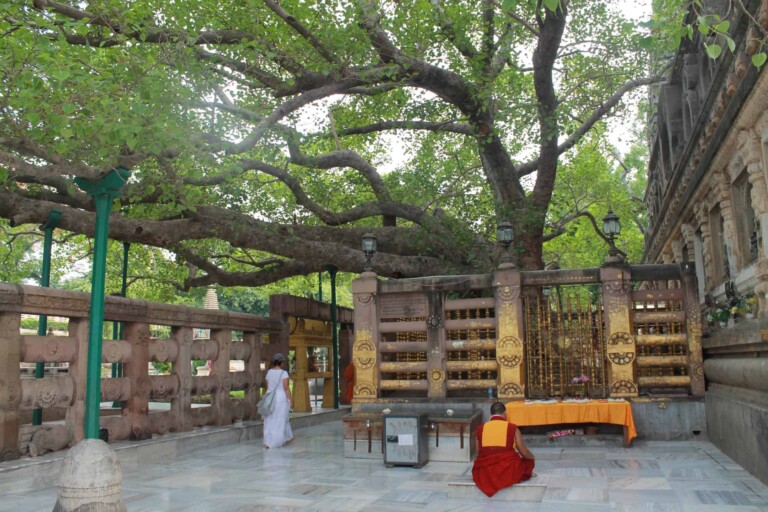
9 minutes
Path of Realization» Path of Transformation
Multiplying Effects: Five Ways of Multiplying Merit
Practitioners should take advantage of all opportunities to increase the accumulation of merit easily and swiftly. We need to know how to magnify our virtues....
video
9 minutes

Path of Transformation
Speaking Moderately and in a Gentle Way
As social beings, we humans learn from those around us. And because we don’t have fixed, unchanging solidity as beings, we make choices. We can...

Path of Transformation
Not Being Influenced by Evil Companions
As social beings, we humans learn from those around us. And because we don’t have fixed, unchanging solidity as beings, we make choices. We can...

